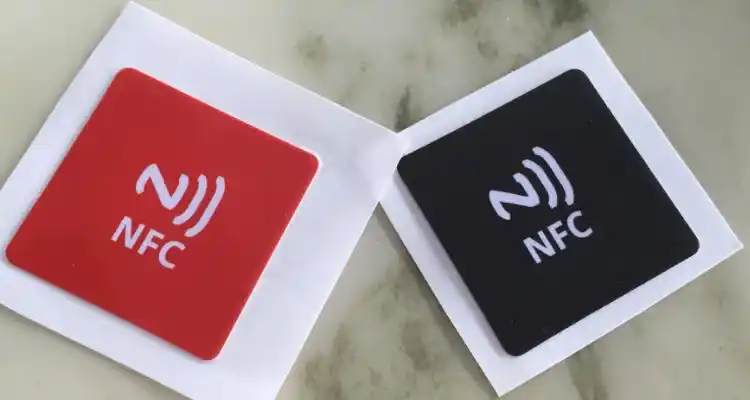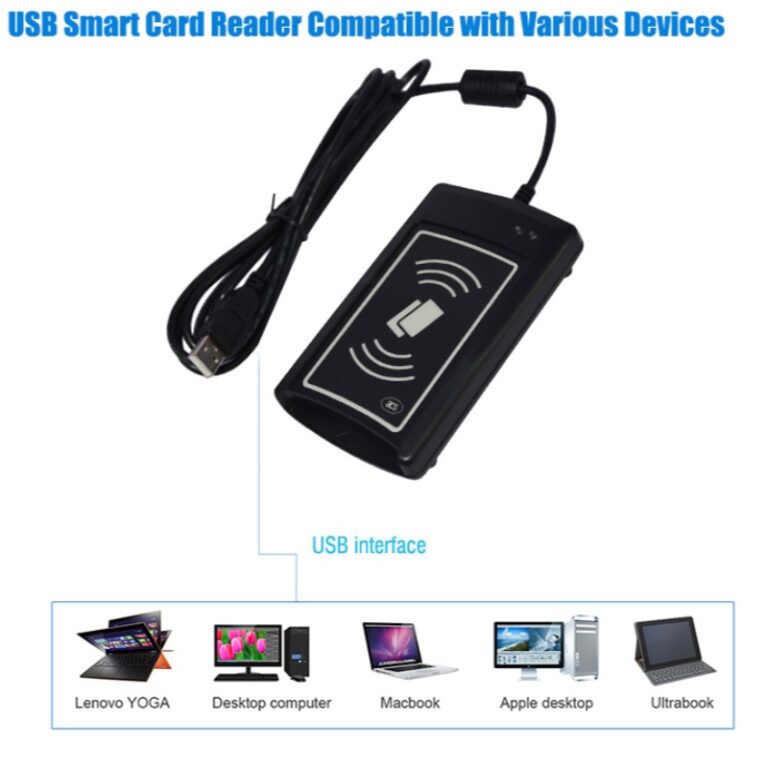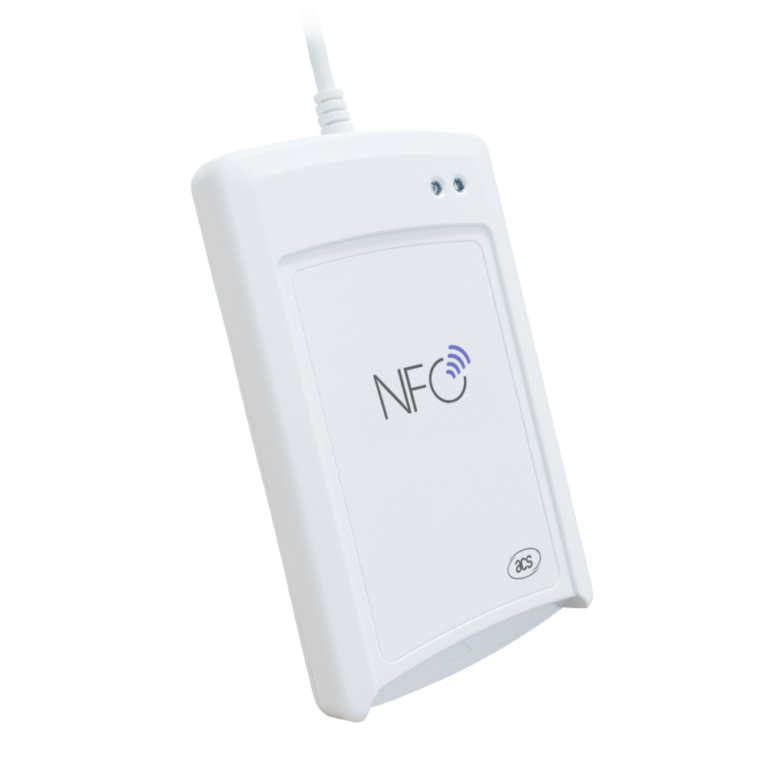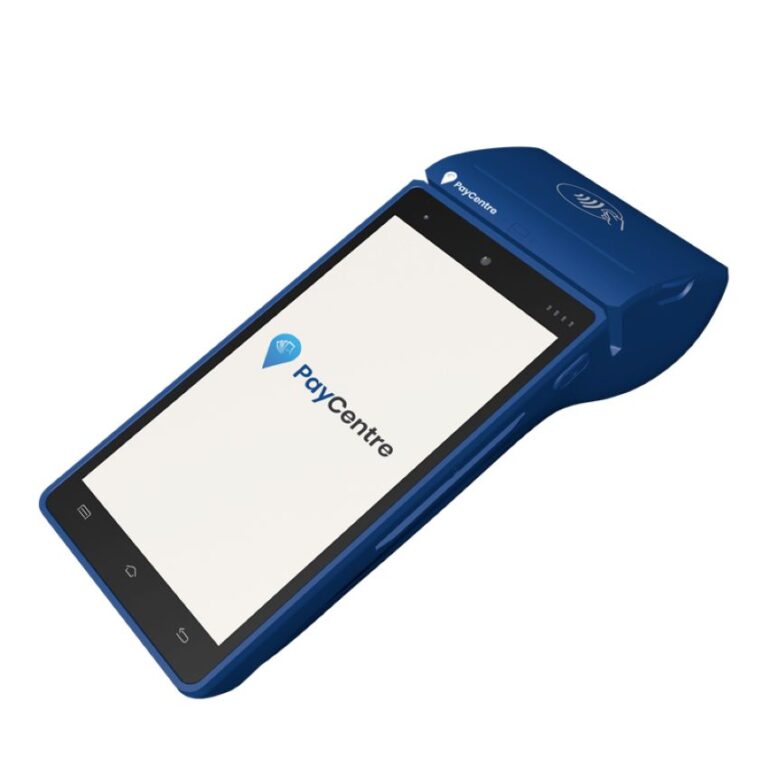
NFC, RFID IC Card, and ID Card
Table of Contents
Understand the differences between IC cards, ID cards, NFC, and RFID. Learn about frequencies, applications, and readability.NFC is a subset of RFID.
I. NFC (Phone/Reader/Computer) can read IC cards because both IC cards and NFC use Radio Frequency Identification (RFID) technology.
- In active mode, NFC devices can be used as IC card readers to read information from various contactless IC cards.
- IC cards are typically high-frequency (generally 13.56MHz in the market, with a smaller portion being low-frequency 125KHz), and can be read by a phone’s NFC feature.
- Bank cards that can be read by NFC-enabled phones are IC chip bank cards; traditional magnetic stripe cards cannot be read.
- Unencrypted IC cards can be simulated by the NFC of any phone or bracelet for swiping.
- NFC operates at a frequency of 13.56MHz, allowing it to read IC cards that also operate at 13.56MHz. (Currently, phone NFC can only read high-frequency 13.56MHz.)
II. IC Card and ID Card
- ID Card (Identification Card): A non-writable proximity card with a fixed serial number, mostly low-frequency (125KHz).
- IC Card (Integrated Circuit Card): A card that can read and write data, has a large capacity, includes encryption features, and has reliable data recording. It’s more convenient for applications like all-in-one card systems, consumption systems, etc., and is mostly high-frequency (13.56MHz).
- Identification: For rectangular white cards, those with a rectangular coil inside and no number on the surface are mostly IC cards. Those with a circular coil inside and a number on the surface are mostly ID cards. For irregularly shaped cards, those with a number are mostly ID cards. It’s best to use an NFC-enabled phone to test; IC cards will respond.
III. There are two common types of contactless reading and writing technologies: RFID and NFC.
RFID Technology:
- Typically used in production, logistics, tracking, and asset management.
- Classified by frequency, including low-frequency (
135KHz), high-frequency (13.56MHz), ultra-high-frequency (840960MHz), and microwave (2.45GHz). - The operating distance depends on the frequency, reader power, reader antenna gain, tag antenna size, etc., and ranges from a few centimeters to tens of meters.
- The relationship between the reader and contactless card can be one-to-many or one-to-one. The reader and the contactless card are two separate entities and cannot be switched.

NFC Technology:
- Typically used in access control, public transportation cards, mobile phone payments, etc.
- The frequency is also 13.56MHz and is compatible with most RFID high-frequency related standards (some are not compatible).
- NFC has a shorter operating distance, generally 0~10 centimeters.
- The relationship between the reader and tag is almost always one-to-one. Supports reader/writer mode and card mode, and can function as either a reader/writer or a contactless card.
Overall, NFC is a subset of RFID, but NFC has some new features that RFID does not have.
Differences between RFID frequency bands:
- The price of electronic tags differs.
- The characteristics differ. LF has the strongest ability to penetrate metal and is suitable for objects with high water content, but the recognition distance is within 1m. HF cannot penetrate metal, the reading/writing distance is farther than LF, the reading/writing of tags is more stable, and it is widely used. ID cards use high frequency. UHF cannot penetrate water and metal, but electronic tags do not need to be separated from metal, and the recognition distance is the farthest. A large number of electronic tags can be read and written in a short time.



